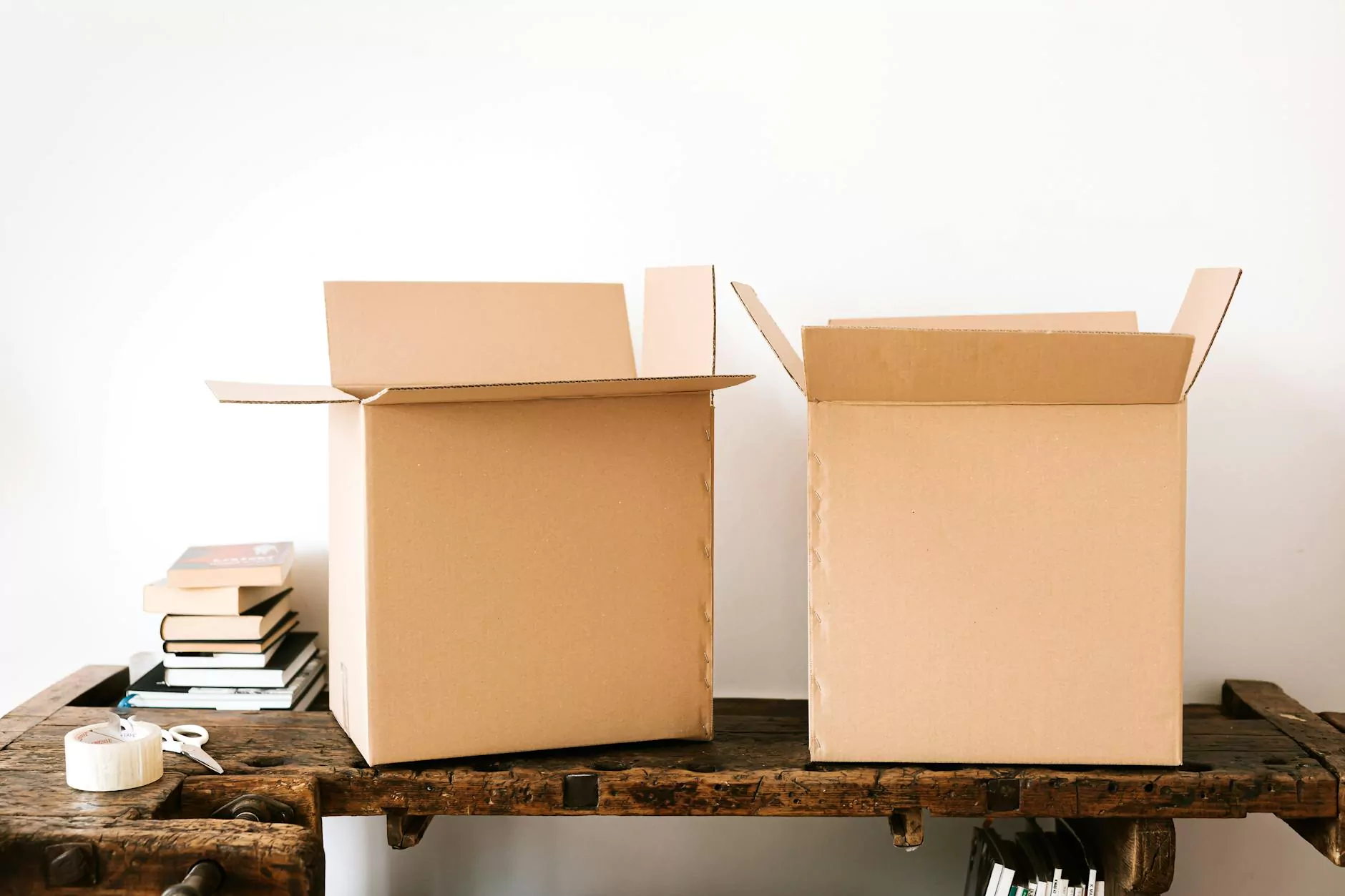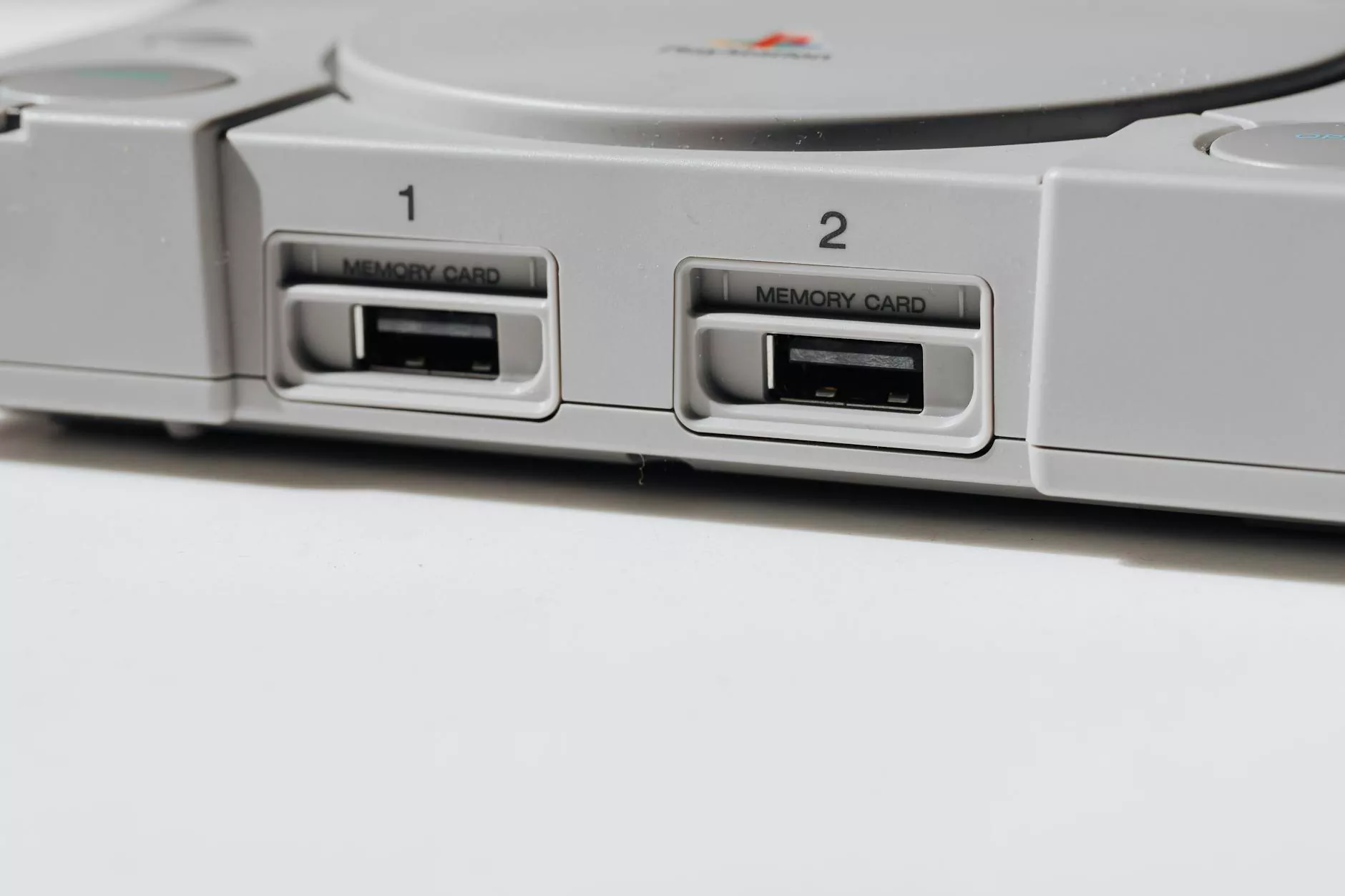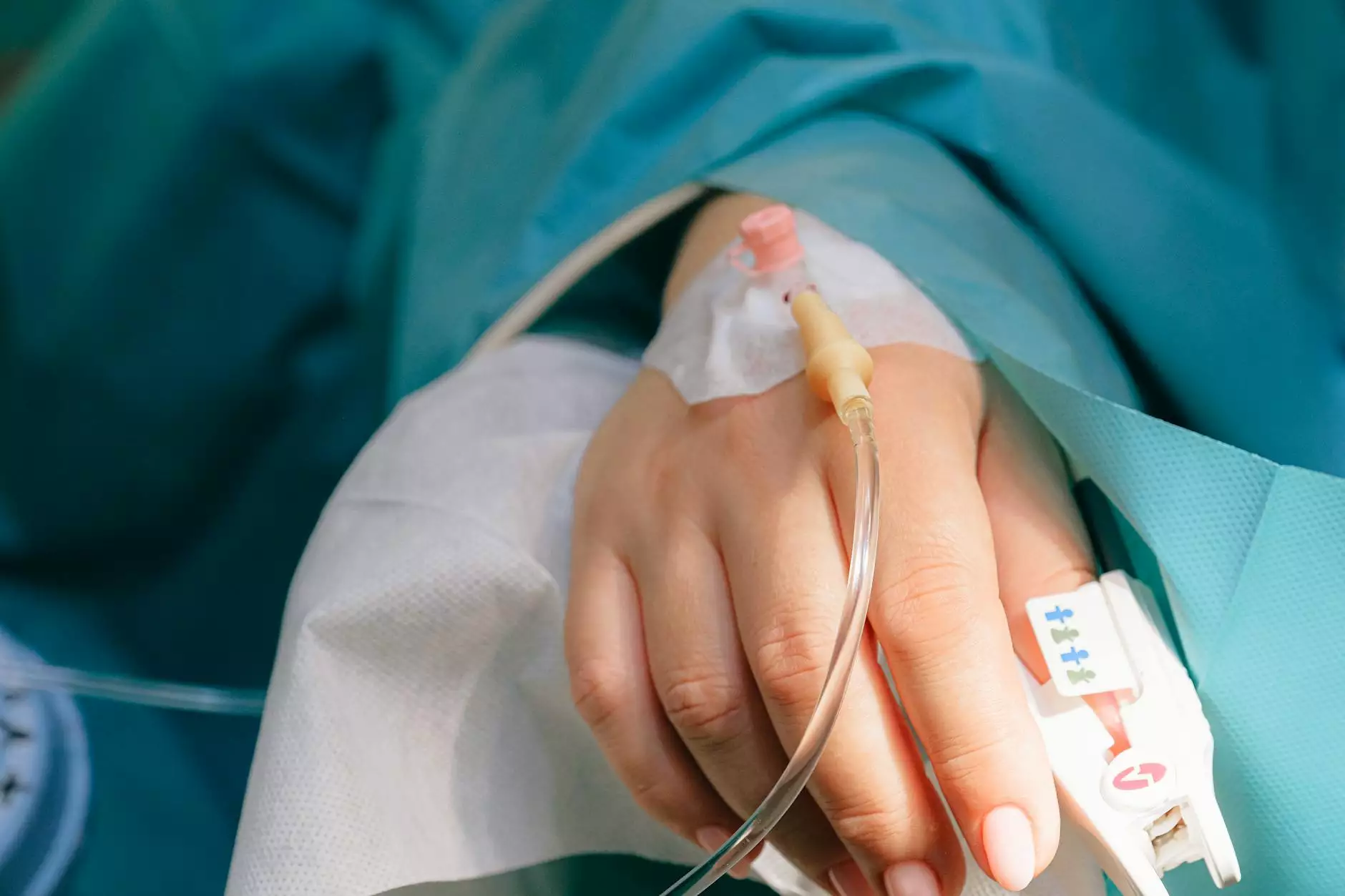Why Is My Lower Leg Swollen? A Comprehensive Guide

Understanding Lower Leg Swelling
Lower leg swelling, also known as peripheral edema, refers to the accumulation of fluid in the tissues of the lower legs. This condition can occur in one leg or both and can range from being a minor inconvenience to a serious medical concern. Understanding the reasons behind this swelling is essential for determining the appropriate treatment and management strategies.
The Anatomy of the Lower Leg
To fully grasp the implications of lower leg swelling, it's crucial to understand the anatomy involved. The lower leg consists of two main bones: the tibia and fibula, surrounded by muscles, tendons, and a rich network of blood vessels that help maintain fluid balance.
Common Causes of Lower Leg Swelling
There are several potential causes of lower leg swelling, which can vary significantly in severity:
- Injury: Traumas such as sprains or fractures can cause localized swelling due to inflammation.
- Infection: Conditions like cellulitis can trigger swelling due to the body’s immune response.
- Vascular Issues: Problems with veins, such as venous insufficiency or thrombosis, can lead to fluid buildup.
- Heart and Kidney Conditions: Congestive heart failure or kidney disease can disrupt the body’s fluid balance, leading to swelling.
- Liver Disease: Conditions affecting liver function, like cirrhosis, may lead to decreased protein production, causing fluid accumulation.
- Medications: Some medications can cause fluid retention as a side effect.
- Pregnancy: Hormonal changes during pregnancy can lead to edema, particularly in the later stages.
- Long periods of immobility: Remaining stationary for extended periods can compromise circulation and increase swelling.
Identifying the Symptoms
Besides the visible swelling, other symptoms may accompany lower leg edema:
- Skin Changes: The skin may appear shiny or feel taut.
- Pain or Tenderness: Swelling can be accompanied by discomfort or pain in the affected area.
- Increased Warmth: Swollen areas may feel warmer to the touch than the surrounding skin.
- Changes in Color: There might be discoloration, ranging from redness to a purplish hue.
When to Seek Medical Attention
While minor swelling may not require urgent attention, you should contact your healthcare provider if you experience:
- Severe pain: If the swelling is accompanied by intense pain.
- Difficulty breathing: This could indicate a serious condition like a blood clot.
- Swelling that develops suddenly: Rapid onset of swelling can be concerning.
- Signs of infection: Such as fever, rapid changes in swelling, or warmth at the site.
- Persistent swelling: If the swelling does not subside with home care.
Diagnosis of Lower Leg Swelling
To determine the underlying cause of lower leg swelling, healthcare providers will typically conduct a thorough examination, including:
- Medical History: Discussing symptoms, duration, and possible events that led to swelling.
- Physical Examination: Checking for signs like tenderness, warmth, and changes in skin color.
- Imaging Tests: Ultrasounds or X-rays may be used to visualize the structures of the leg.
- Blood Tests: To check for conditions that may be causing edema, including kidney or liver function tests.
Treating Lower Leg Swelling
Treatment for lower leg swelling depends on the underlying cause. Here are some common approaches:
1. Lifestyle Modifications
Simple changes can significantly affect swelling:
- Elevation: Keeping the legs elevated can help reduce fluid accumulation.
- Compression Garments: Wearing compression socks can aid circulation and prevent swelling.
- Physical Activity: Regular movement can enhance circulation and reduce the risk of swelling.
- Dietary Changes: Reducing salt intake can help manage fluid retention.
2. Medications
Depending on the cause, physicians may prescribe:
- Diuretics: To help the body remove excess fluid.
- Anti-inflammatory drugs: To reduce swelling and discomfort.
- Antibiotics: If an infection is present.
3. Surgical Options
In certain cases, surgical intervention may be necessary:
- Vein procedures: Such as ligation or stripping for varicose veins.
- Removal of obstructions: If swelling is due to a blockage.
Home Remedies for Lower Leg Swelling
In addition to medical treatment, several home remedies can help alleviate swelling:
- Warm Salt Water Soaks: Soaking legs in warm salt water can reduce swelling and discomfort.
- Herbal Compresses: Using natural anti-inflammatory herbs like chamomile can soothe swollen areas.
- Essential Oils: Oils such as peppermint and lavender may offer relief when massaged into the skin.
Preventive Measures for Lower Leg Swelling
Preventing lower leg swelling involves maintaining a healthy lifestyle and being mindful of factors that contribute to edema:
- Regular Exercise: Engage in activities that improve circulation.
- Stay Hydrated: Adequate water intake helps maintain fluid balance.
- Avoid Prolonged Sitting: Take regular breaks to move if your job requires sitting for long periods.
- Healthy Weight Management: Maintaining a healthy weight can prevent vascular problems.
Conclusion: Understanding and Managing Lower Leg Swelling
In conclusion, understanding why my lower leg is swollen is crucial for effective management. Lower leg swelling can result from a variety of causes, some benign and others serious. Recognizing symptoms, seeking appropriate medical advice, and implementing lifestyle changes can aid in addressing this condition effectively. If you experience persistent swelling, it’s essential to contact health professionals for evaluation and treatment.
At Truffles Vein Specialists, our team is dedicated to providing the highest standard of care for vascular issues. Your health and well-being are our top priorities.
© 2023 Truffles Vein Specialists. All rights reserved.
why is my lower leg swollen








